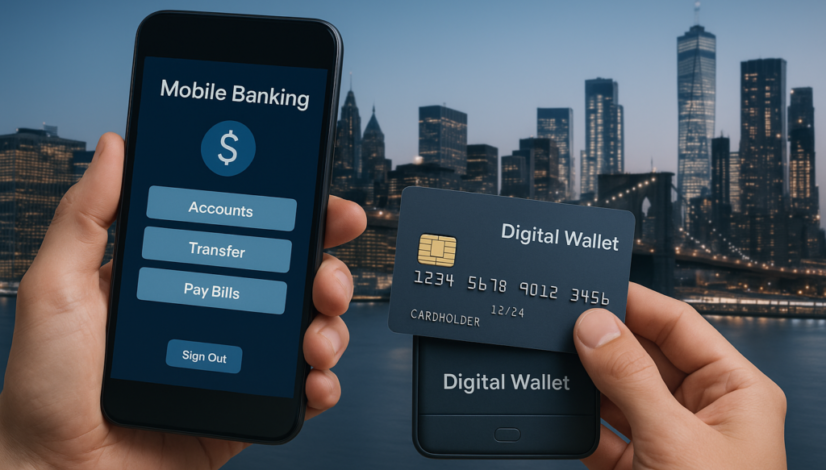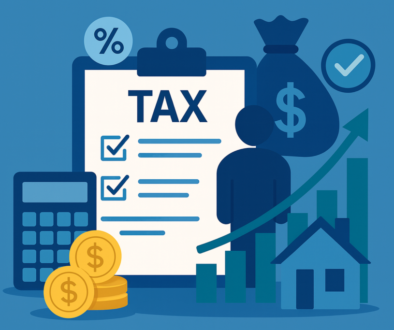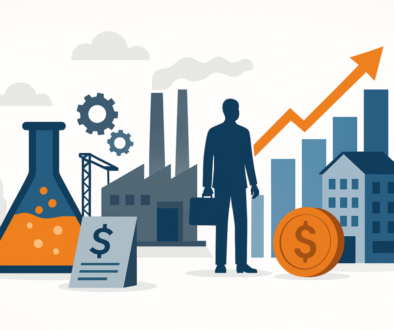Fintech & Digital Innovation: How Technology is Reshaping Finance in the U.S.
Introduction
The financial landscape in the United States is evolving at an unprecedented pace. Fintech, short for financial technology, is transforming how Americans bank, invest, borrow, and make payments. From mobile apps that enable real-time peer-to-peer transfers to blockchain-powered solutions redefining transparency, fintech is no longer a niche industry. It has become the backbone of modern finance.
For U.S. consumers, this innovation brings accessibility, personalization, and convenience. For businesses, it signals opportunity and disruption.
What is Fintech?
Fintech refers to the use of digital technologies to improve, streamline, or reinvent financial services. This includes:
-
Digital banking: Mobile-first banks, online-only accounts, and AI-driven customer service.
-
Payments innovation: Peer-to-peer apps like Zelle, Venmo, and Apple Pay.
-
Blockchain and crypto: Decentralized finance (DeFi), digital wallets, and tokenized assets.
-
Wealthtech: Robo-advisors, commission-free stock trading, and automated portfolio management.
-
Insurtech: AI and big data to personalize insurance coverage and pricing.
-
Regtech: Tools that help financial institutions comply with evolving U.S. regulations.
Key Benefits for U.S. Consumers
-
Convenience: Mobile-first platforms make transactions fast and accessible 24/7.
-
Lower costs: Digital solutions reduce overhead, often passing savings on to customers.
-
Financial inclusion: Fintech expands access to underserved communities, particularly those without traditional bank accounts.
-
Personalization: AI-driven apps tailor financial advice, budgeting tools, and credit offers.
-
Transparency: Blockchain technologies enhance trust with secure and verifiable records.
Fintech Trends Shaping the U.S. Market
1. Mobile Banking Adoption
More than 65% of Americans use mobile banking apps, with neobanks like Chime and Current offering fee-free services and early paycheck access.
2. Payments Revolution
Zelle continues to dominate peer-to-peer and small business payments. In the first half of 2025 alone, Americans sent 2 billion payments worth nearly $600 billion — a 23% increase year-over-year. Rent, childcare, and small business transactions are among the top uses, showing how embedded Zelle has become in daily financial life .
3. AI and Machine Learning
Artificial intelligence powers fraud detection, credit scoring, and personalized financial planning. For institutions, this lowers risk while improving customer satisfaction.
4. Blockchain & Digital Assets
Beyond cryptocurrency, blockchain is driving innovation in cross-border payments, trade finance, and tokenized real estate. U.S. regulatory clarity will be critical for mass adoption.
5. Embedded Finance
Retailers and non-financial platforms are embedding financial products like buy-now-pay-later options. This shift is reshaping how Americans shop and borrow.
Trust and Security: The Zelle “Trust Signal”
As fintech adoption rises, security and fraud prevention remain top concerns. Zelle has addressed this with its “Trust Signal” technology, which helps confirm that senders and receivers are legitimate before a payment is sent.
This proactive approach has helped Zelle maintain one of the lowest fraud rates in the industry — just 0.02% of all transactions in 2025. For consumers, this builds confidence that their money is moving safely and securely. For the broader U.S. fintech ecosystem, it sets a benchmark for balancing speed with safety .
Challenges Ahead
-
Cybersecurity risks: Increased reliance on digital platforms heightens exposure to fraud and breaches.
-
Regulation: The fragmented U.S. regulatory environment complicates compliance for startups.
-
Financial literacy: Consumers must understand products to prevent misuse or over-borrowing.
-
Competition: Traditional banks are adopting fintech strategies, intensifying the race for customer loyalty.
The Future of Fintech in the U.S.
The U.S. fintech market is projected to exceed $300 billion by 2030, fueled by AI, blockchain, and digital-first services. Companies that design with the customer in mind and adopt emerging technologies will lead the next phase of growth.
For consumers, the future promises more choice, faster service, and financial tools accessible anywhere, anytime.
Conclusion
Fintech and digital innovation are reshaping U.S. finance from the ground up. Whether making payments with a tap, investing through robo-advisors, or accessing credit digitally, Americans are living in an era where finance and technology merge seamlessly.
For businesses, the challenge is clear: stay ahead of the curve, or risk being left behind.





